Home>Articles>How Long Does It Take For A Bottle Of Water To Get Cold In The Freezer
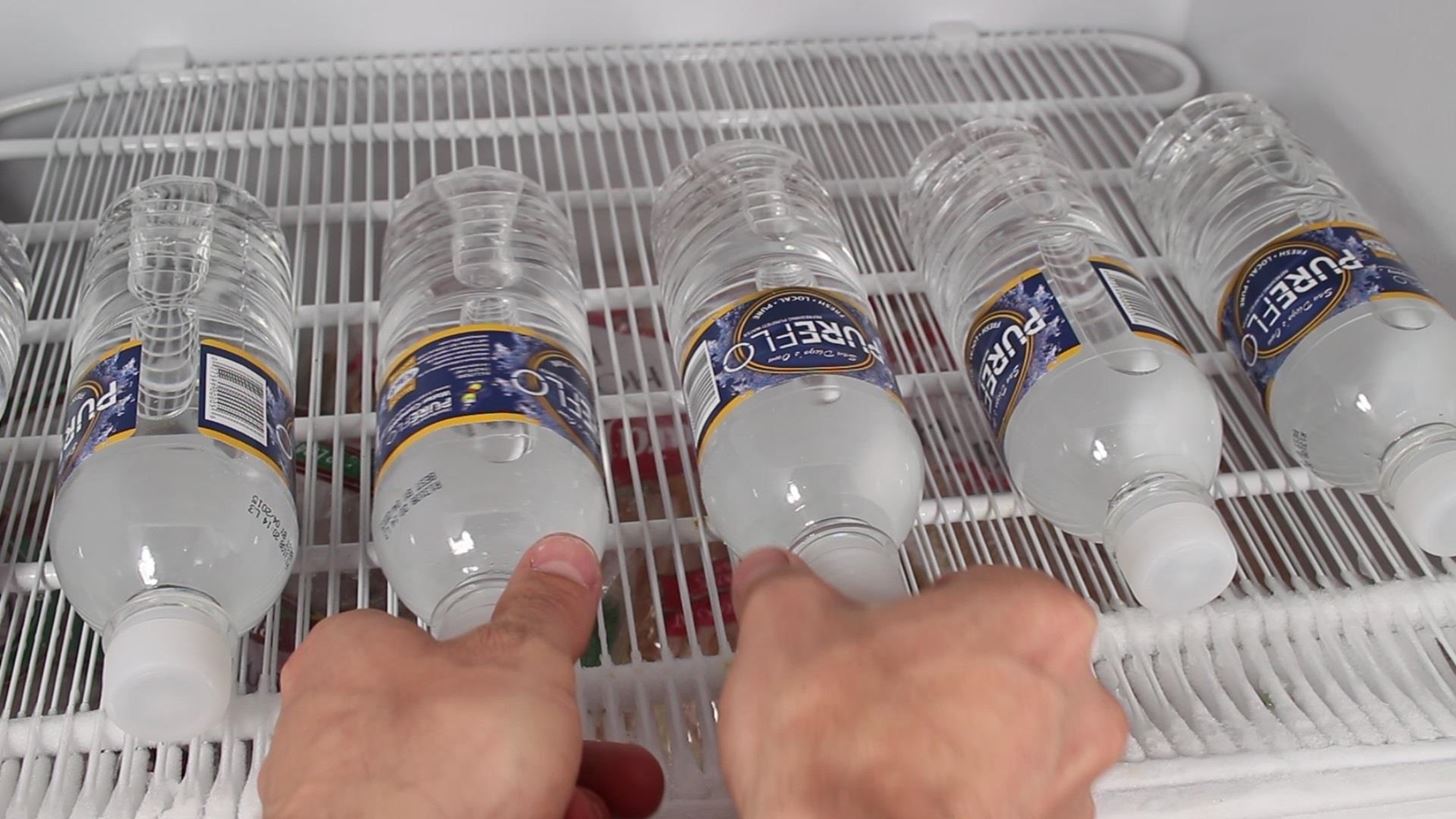

Articles
How Long Does It Take For A Bottle Of Water To Get Cold In The Freezer
Modified: February 19, 2024
Discover the answer to the question "How long does it take for a bottle of water to get cold in the freezer" in this informative article. Learn more about the freezing process and find tips on how to speed up the cooling time.
(Many of the links in this article redirect to a specific reviewed product. Your purchase of these products through affiliate links helps to generate commission for Storables.com, at no extra cost. Learn more)
Introduction:
Welcome to the world of refrigeration, where we get to enjoy our favorite beverages, such as a refreshing bottle of water, chilled to perfection. Have you ever wondered how long it takes for a bottle of water to get cold in the freezer? This seemingly simple question can have some intriguing factors at play. In this article, we will explore the variables that affect the cooling time of water in the freezer and provide some useful tips to expedite the process.
Before we dive into the details, it’s essential to understand that the time it takes for water to cool in the freezer can vary depending on various factors. The temperature settings of the freezer, the size and shape of the water bottle, the initial temperature of the water, and the insulation and material of the bottle all play a role in determining how long it takes for the water to get cold.
Understanding these factors can help us optimize the cooling time and ensure that we can enjoy a refreshing bottle of chilled water whenever we desire. So, let’s explore these factors in more detail and uncover the secrets of getting that perfectly cold bottle of water from the freezer!
Key Takeaways:
- Optimize the cooling time of water in the freezer by considering factors such as freezer settings, bottle size, initial water temperature, and bottle material. Use smaller, wide-mouthed bottles and pre-chill water for faster results.
- Achieve faster cooling of water in the freezer with simple tips like pre-chilling water, using smaller bottles, choosing wide-mouthed containers, and maximizing freezer efficiency. Enjoy a refreshing cold drink in no time!
Factors Affecting the Cooling Time of Water:
When it comes to cooling water in the freezer, several factors come into play that can significantly impact the time it takes for the water to reach the desired temperature. Let’s take a closer look at these factors:
- Freezer Settings and Temperature: The temperature at which the freezer is set plays a crucial role in determining how quickly the water will cool. Lower freezer settings result in colder temperatures, facilitating faster cooling. It’s essential to ensure that your freezer is set at the optimal temperature to expedite the cooling process.
- Size and Shape of the Water Bottle: The volume and shape of the water bottle also affect the cooling time. Smaller bottles tend to cool quicker than larger ones due to their smaller thermal mass. Similarly, water bottles with a larger surface area relative to their volume, such as wide-mouthed bottles, cool faster as more surface area is exposed to the cold air.
- Initial Temperature of the Water: The initial temperature of the water itself can impact the cooling time. If the water is already chilled or at a lower temperature, it will require less time to reach the desired level of coldness in the freezer. On the other hand, if the water is at room temperature or warm, it will take longer to cool.
- Insulation and Material of the Bottle: The insulation and material of the water bottle also influence the cooling time. Bottles made from materials with better thermal conductivity, such as stainless steel, can transfer heat more effectively, resulting in faster cooling. Additionally, insulated bottles can help retain the cold temperature for longer periods, reducing the overall cooling time.
By considering these factors, you can optimize the cooling time of your water in the freezer. However, it’s important to note that the exact time it takes for the water to reach the desired coldness will still vary based on these factors and individual freezer performance.
Freezer Settings and Temperature:
When it comes to cooling water in the freezer, the settings and temperature of the freezer play a significant role in determining the speed at which the water reaches the desired coldness. The freezer temperature is typically controlled by a thermostat, allowing you to adjust it to your preference.
Lowering the temperature settings of the freezer will result in a colder environment, facilitating faster cooling of the water. Most freezers have a range of temperature settings, with options for colder temperatures such as -10°C or -20°C. These lower settings create a more frigid environment, perfect for rapidly chilling water.
It’s important to note that while setting the freezer to a lower temperature will speed up the cooling process, it may also increase energy consumption. It’s a balancing act between achieving the desired coldness quickly and maintaining energy efficiency. So, finding the optimal temperature setting is crucial for efficient cooling.
Another factor to consider is the length of time the freezer remains at the selected temperature. Modern freezers are designed to maintain a consistent temperature, but frequent opening and closing of the freezer door can cause fluctuations in the internal temperature. This can affect the cooling time of the water.
It’s advisable to keep the freezer door closed as much as possible during the cooling process to maintain a stable temperature. This way, the cold air can circulate effectively, allowing the water to cool faster. Opening the freezer door frequently will result in warm air entering the freezer, which can slow down the cooling process and increase the overall time required.
Ultimately, finding the optimal freezer settings and temperature for quickly cooling water will vary based on individual preferences, freezer efficiency, and the specific model of the freezer. Experimenting with different temperature settings can help you determine the ideal balance between fast cooling and energy efficiency.
In the next sections, we will explore additional factors that influence the cooling time of water in the freezer.
Size and Shape of the Water Bottle:
When it comes to cooling water in the freezer, the size and shape of the water bottle play a significant role in determining the time it takes for the water to reach the desired coldness. Let’s take a closer look at how these factors impact the cooling process.
1. Size of the Water Bottle: The volume of water in the bottle directly affects the cooling time. Smaller water bottles cool faster than larger ones due to their smaller thermal mass. This is because smaller volumes of water have less heat energy to dissipate, allowing them to reach the desired temperature more quickly.
If you often find yourself needing a cold drink quickly, consider using smaller bottles or portioning the water into multiple smaller containers before placing them in the freezer. This way, you can enjoy cold water in a shorter amount of time.
2. Shape of the Water Bottle: The shape of the water bottle also plays a role in the cooling time. Bottles with a larger surface area relative to their volume, such as wide-mouthed bottles, cool faster compared to bottles with a smaller surface area.
This is because a larger surface area allows for more contact between the cold air in the freezer and the water inside the bottle, facilitating faster heat transfer. So, if you have the option, choose bottles with wider openings or utilize containers with a larger surface area to expedite the cooling process.
Additionally, it’s worth noting that the shape of the water bottle can also affect how efficiently the cold air circulates around the container. Bottles with narrow necks or intricate designs may hinder the flow of cold air, resulting in slower cooling. Opting for bottles with a simple and straightforward shape can help maximize the cooling efficiency.
By considering the size and shape of the water bottle, you can tailor the cooling time to your preferences. Whether you opt for smaller bottles or containers with a larger surface area, these factors can significantly impact how quickly your water reaches that refreshing coldness in the freezer.
In the next sections, we will explore other factors, such as the initial temperature of the water and the insulation and material of the bottle, that also contribute to the cooling time of water in the freezer.
Initial Temperature of the Water:
The initial temperature of the water is an important factor that affects the cooling time in the freezer. The starting temperature of the water, whether it is already chilled or at room temperature, can impact the time it takes for the water to reach the desired coldness.
If you are starting with water that is already chilled, such as water from the refrigerator or water that has been stored in a cooler, it will require less time to cool down in the freezer. This is because the water is already closer to the desired temperature, and the freezer only needs to lower it a few degrees further.
On the other hand, if you are starting with water at room temperature or warm water, it will take longer for the water to cool down in the freezer. This is because the freezer needs to remove a significant amount of heat from the water to bring it down to the desired temperature.
To expedite the cooling process, you can consider pre-chilling the water before placing it in the freezer. You can do this by either keeping the water in the refrigerator for some time or adding ice cubes to it to lower its initial temperature. By starting with already chilled water, you can reduce the overall time required for it to get cold in the freezer.
However, it’s important to note that extreme temperature differences can potentially affect the integrity of the water bottle or container. Sudden changes in temperature, especially for certain materials, can cause cracking or damage. Therefore, it’s advisable to use containers that are designed to withstand temperature changes or gradually cool the water over time.
By considering the initial temperature of the water, you can optimize the cooling time and ensure that your water reaches the desired coldness in an efficient manner. So, whether you’re starting with chilled water or room temperature water, understanding this factor will help you plan accordingly.
In the next sections, we will explore the insulation and material of the water bottle, as well as tips for faster cooling in the freezer.
To quickly chill a bottle of water in the freezer, wrap it in a damp paper towel before placing it in the freezer. This will help it cool down faster.
Insulation and Material of the Bottle:
The insulation and material of the water bottle can have a significant impact on the cooling time in the freezer. Different materials and levels of insulation affect how effectively the cold temperature from the freezer is transferred to the water inside the bottle.
The material of the water bottle plays a crucial role in heat transfer. Materials that have good thermal conductivity, such as stainless steel or glass, allow for more efficient heat transfer. This means that the cold temperature from the freezer can be transferred more effectively to the water, resulting in faster cooling.
On the other hand, materials with poor thermal conductivity, such as plastic, may insulate the water to some extent. This can slow down the heat transfer process and ultimately extend the cooling time. However, it’s important to note that the difference in cooling time between different materials may not be significant for short durations in the freezer.
In addition to the material, insulation is another factor to consider. Insulated water bottles are designed with an extra layer of insulation to help retain the desired temperature of the liquid inside. This insulation can also work in reverse, keeping the cold temperature from the freezer from reaching the water inside the bottle. While these bottles are effective at maintaining cold temperatures, they may also result in slightly longer cooling times compared to non-insulated bottles.
When choosing a water bottle for faster cooling in the freezer, consider opting for materials with good thermal conductivity, such as stainless steel or glass. If insulation is not a priority, non-insulated bottles may cool faster due to their lack of extra layers that impede heat transfer.
Ultimately, finding the right balance between insulation and material depends on personal preferences and specific requirements. If you prefer your water to stay cold for longer periods, insulated bottles with slower cooling times may be more suitable. However, if you prioritize faster cooling, non-insulated bottles made from materials with good thermal conductivity can be a favorable choice.
Now that we’ve discussed the factors that affect the cooling time of water in the freezer, let’s move on to the next section where we explore the time required for water to get cold in the freezer.
Time Required for Water to Get Cold in the Freezer:
The time required for water to get cold in the freezer can vary depending on several factors, including freezer settings, the size and shape of the water bottle, the initial temperature of the water, and the insulation and material of the bottle. While it is challenging to provide an exact time frame, we can provide a general estimate based on these factors.
Under optimal conditions, if the freezer is set to a low temperature (around -18°C or 0°F), and you have a small water bottle with a wide-mouthed shape filled with chilled water, you can typically expect it to reach a cold temperature within 1 to 2 hours. However, larger bottles or bottles with narrow openings may take longer, ranging from 2 to 4 hours or even more.
If you are starting with room temperature water, the cooling time will be longer. It can take up to 3 to 4 hours or more for room temperature water to reach a cold temperature in the freezer. Pre-chilling the water or using smaller, wider-mouthed bottles can help reduce this cooling time.
It’s essential to keep in mind that these timeframes are approximate and can vary based on individual freezer performance, ambient temperature, and other factors. Additionally, opening the freezer frequently or placing the water bottle in a crowded freezer can also increase the cooling time due to temperature fluctuations and limited air circulation.
Experimenting with different factors, such as adjusting the freezer temperature, using different bottle sizes or shapes, and pre-chilling the water, can help you optimize the cooling time to your preferences.
Remember that the ultimate goal is to achieve the desired coldness of the water. Checking the temperature regularly by using a thermometer or feeling the bottle’s exterior can help you gauge when the water has reached the desired coldness in the freezer.
Now that you have an idea of the estimated cooling time, let’s move on to the next section where we provide some tips for faster cooling of water in the freezer.
Tips for Faster Cooling of Water in the Freezer:
If you’re looking to expedite the process of cooling water in the freezer, here are some tips that can help you achieve faster results:
- Pre-Chill the Water: If time allows, pre-chill the water by keeping it in the refrigerator before placing it in the freezer. Starting with already chilled water will reduce the overall cooling time required in the freezer.
- Use Smaller Bottles: Smaller water bottles have less thermal mass, allowing them to cool down more quickly. Consider using smaller bottles or dividing the water into multiple containers before placing them in the freezer.
- Choose Wide-Mouthed Bottles: Bottles with wider openings or containers with a larger surface area relative to their volume facilitate faster heat transfer, as they allow more contact between the cold air and the water. Opting for wide-mouthed bottles can help speed up the cooling process.
- Avoid Overcrowding: Avoid overcrowding the freezer with too many items. This can hinder the circulation of cold air and slow down the cooling process. Leave enough space around the water bottles to allow for proper air flow.
- Keep the Freezer Door Closed: Opening the freezer door frequently can cause fluctuations in temperature, resulting in longer cooling times. Minimize the number of times you open the freezer door during the cooling process to maintain a stable temperature.
- Maximize Freezer Efficiency: Ensure that your freezer is functioning optimally by regularly cleaning the coils and ensuring proper airflow. A well-maintained freezer will cool items more effectively.
- Utilize Quick Freeze Features: Some freezers have a “quick freeze” feature or a dedicated compartment that provides an extra burst of cold air. Utilize this feature if available to speed up the cooling process.
- Consider Using Ice Cubes: Adding ice cubes to the water can help lower the initial temperature, reducing the overall cooling time required in the freezer. However, be cautious of extreme temperature changes that may cause the water bottle to crack or break.
By incorporating these tips into your cooling routine, you can minimize the time it takes for your water to reach the desired coldness in the freezer. Remember that the actual cooling time may still vary based on individual factors, so stay vigilant and check the temperature regularly to determine when the water is adequately chilled.
Now that you have these tips in mind, you’re well-equipped to enjoy a refreshing bottle of cold water in no time!
Conclusion:
The process of cooling water in the freezer can be influenced by several factors, including freezer settings, the size and shape of the water bottle, the initial temperature of the water, and the insulation and material of the bottle. By understanding these factors and making conscious choices, you can optimize the cooling time and enjoy a refreshing bottle of cold water whenever you desire.
Freezer settings and temperature play a crucial role in determining the speed at which the water cools. Lower temperature settings result in faster cooling, but it’s important to find the optimal balance between speed and energy efficiency.
The size and shape of the water bottle also impact the cooling time. Smaller bottles and wide-mouthed containers cool faster due to their smaller thermal mass and increased surface area for heat transfer.
The initial temperature of the water can significantly affect the overall cooling time. Starting with already chilled water will reduce the time required in the freezer, while room temperature water will take longer to reach the desired coldness.
The insulation and material of the bottle can also influence the cooling process. Materials with good thermal conductivity, such as stainless steel or glass, facilitate faster heat transfer, while insulation can help retain the cold temperature for longer periods.
While it may be challenging to provide an exact time frame, considering these factors and implementing specific tips can expedite the cooling process. Pre-chilling the water, using smaller bottles, and choosing wide-mouthed containers are effective strategies for faster cooling.
Ultimately, the goal is to enjoy a chilled bottle of water conveniently. By understanding the factors at play and making conscious choices, you can optimize the cooling time in the freezer and quench your thirst with a refreshing beverage whenever you need it.
So, the next time you reach for a bottle of water to cool in the freezer, consider these factors and tips to streamline the cooling process. Cheers to enjoying a perfectly cold and refreshing drink in a shorter amount of time!
Frequently Asked Questions about How Long Does It Take For A Bottle Of Water To Get Cold In The Freezer
Was this page helpful?
At Storables.com, we guarantee accurate and reliable information. Our content, validated by Expert Board Contributors, is crafted following stringent Editorial Policies. We're committed to providing you with well-researched, expert-backed insights for all your informational needs.
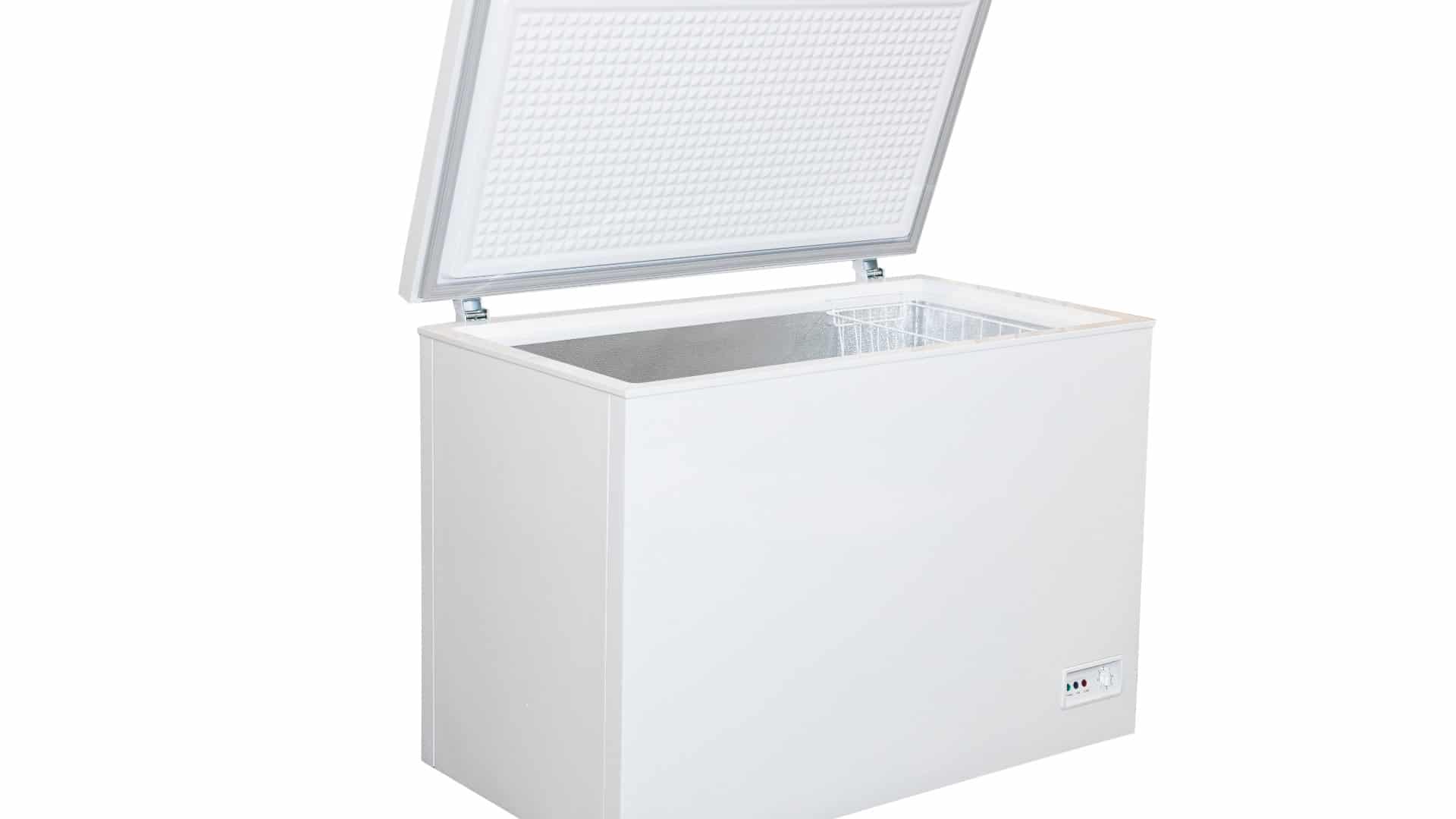
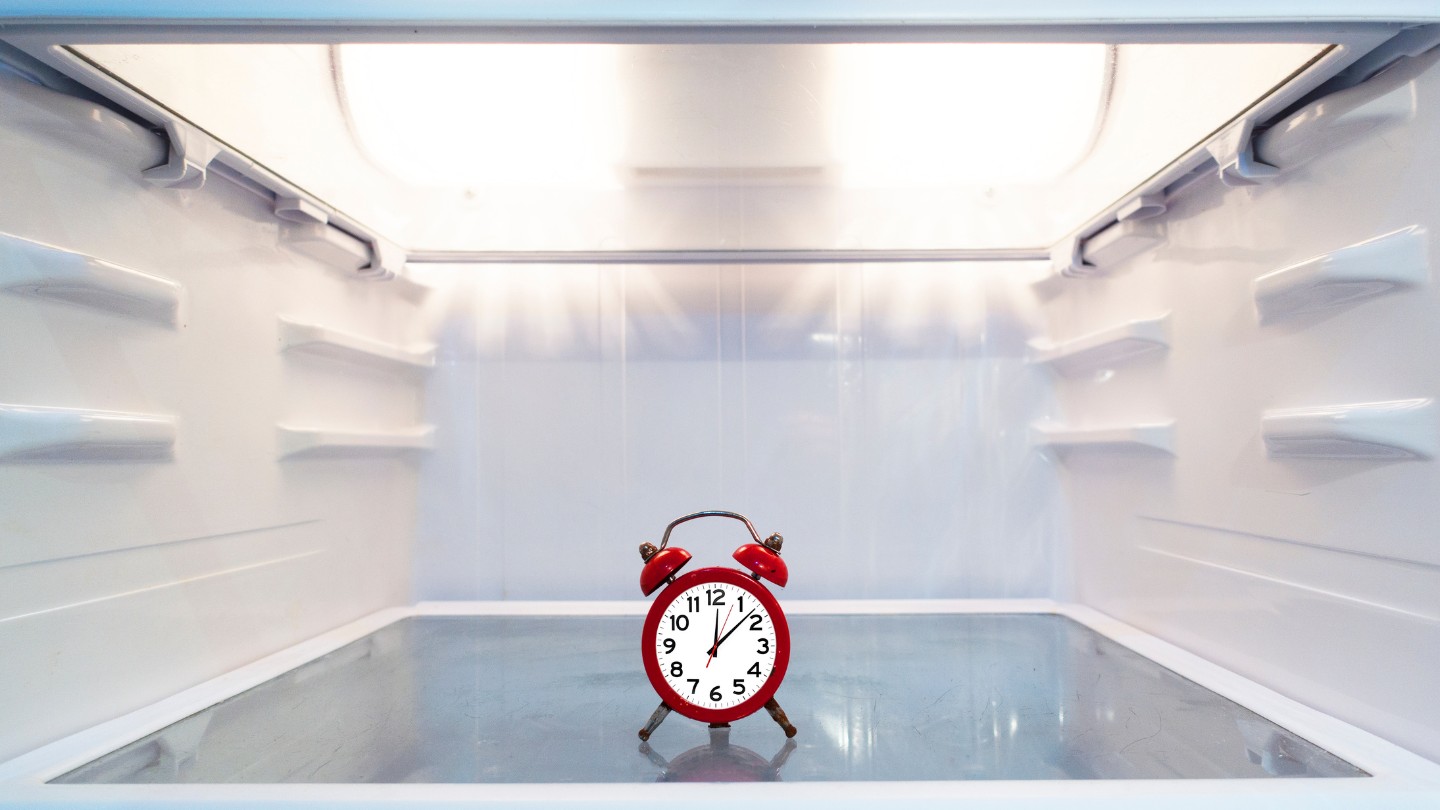
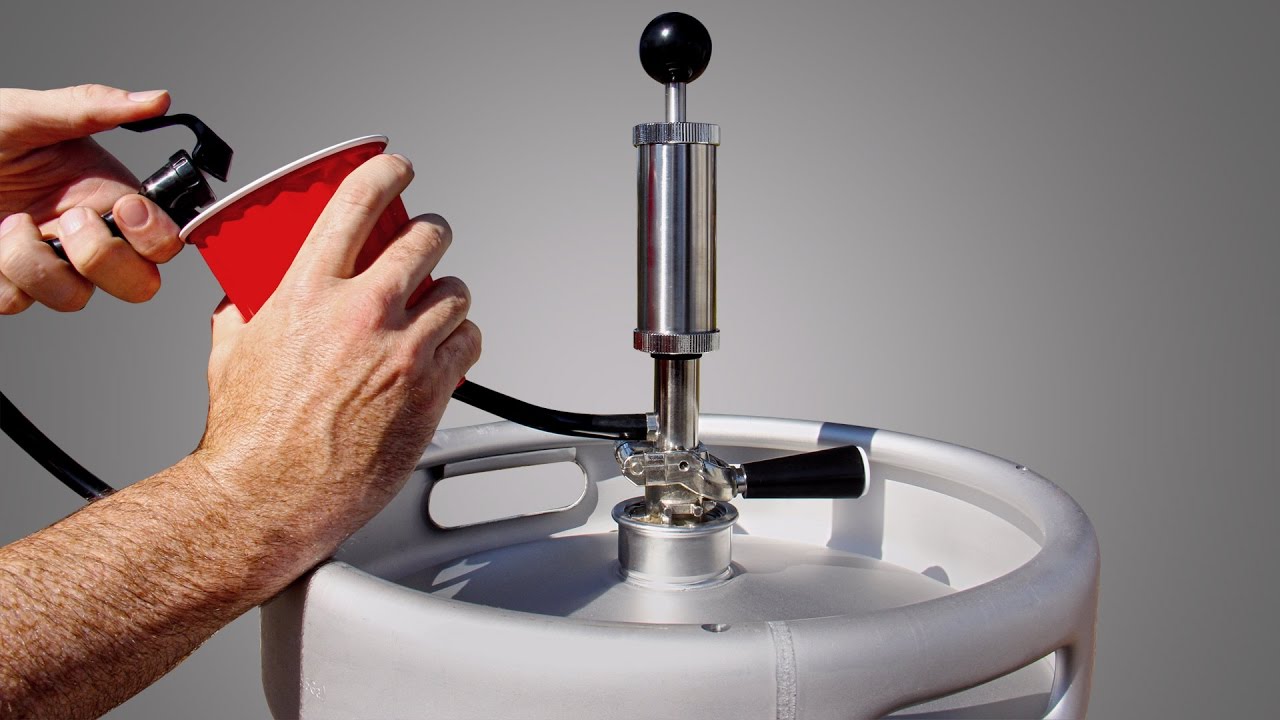
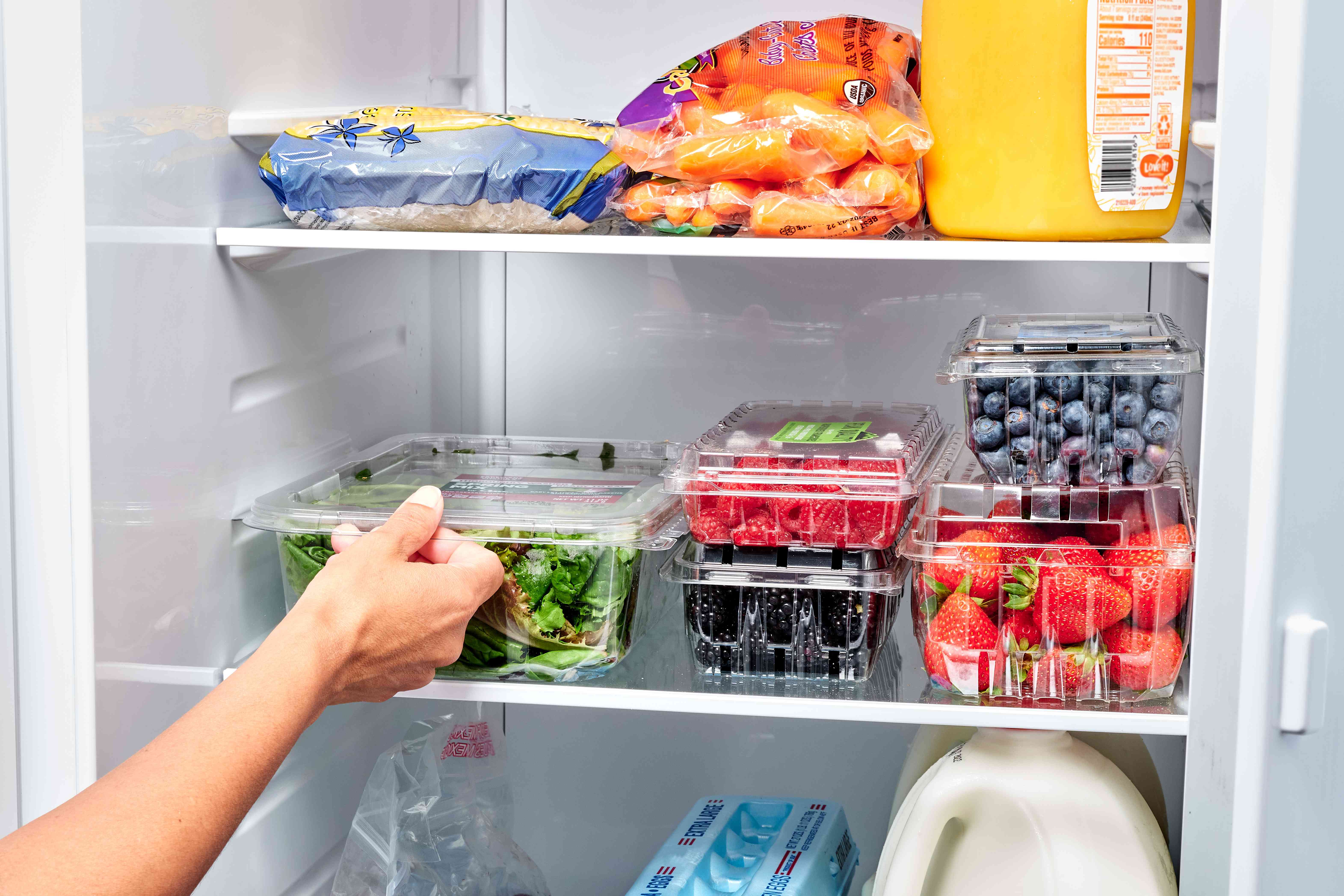
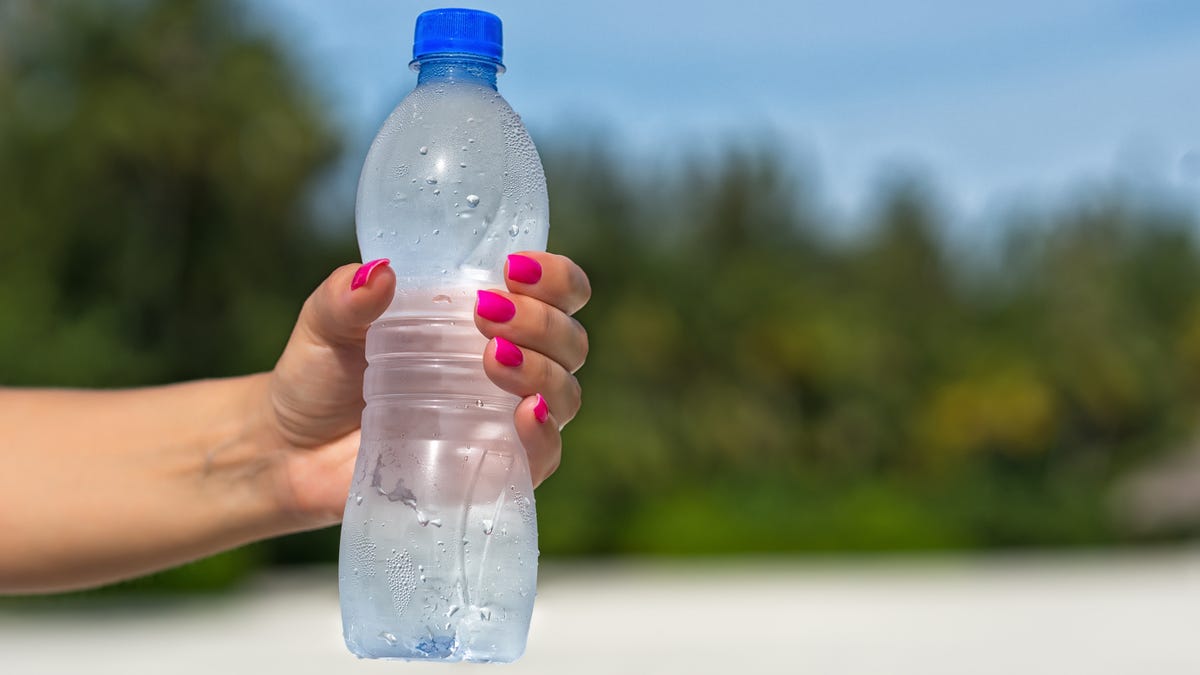
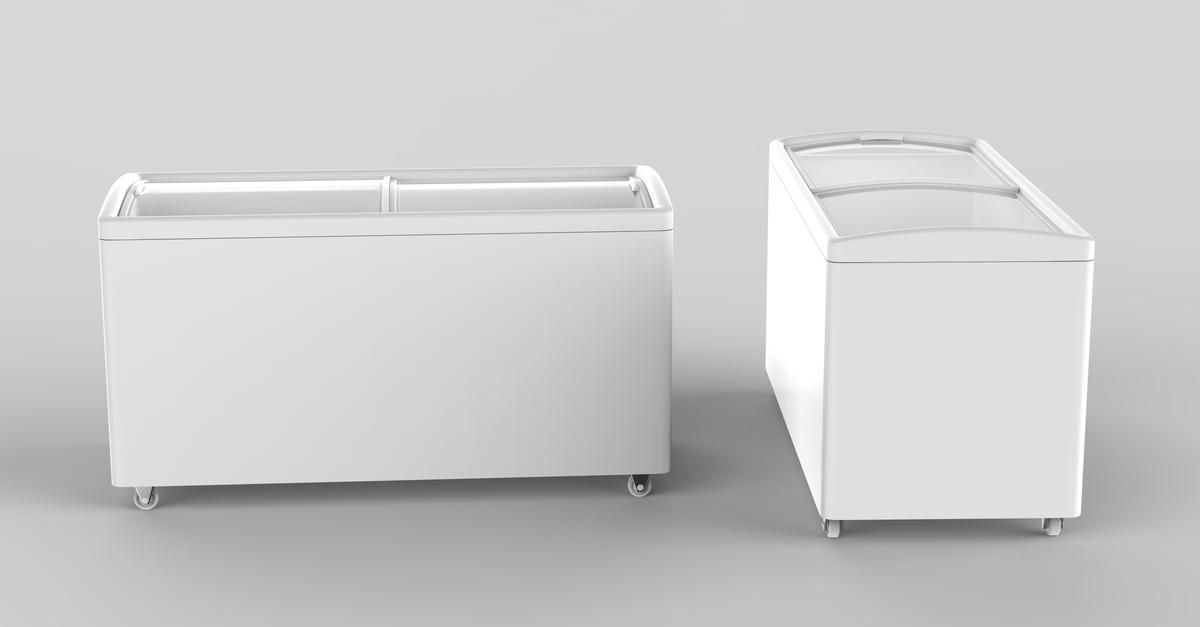
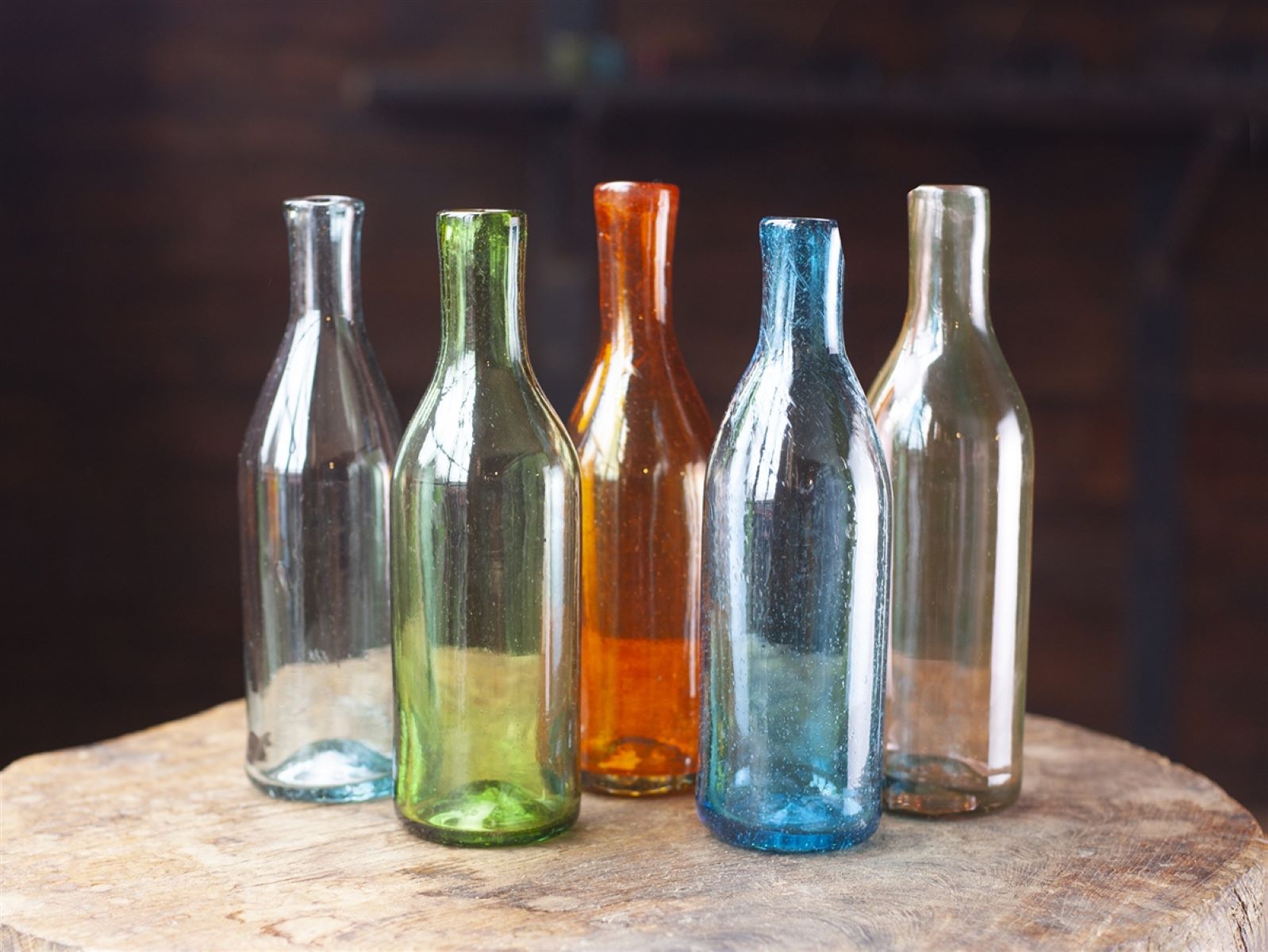
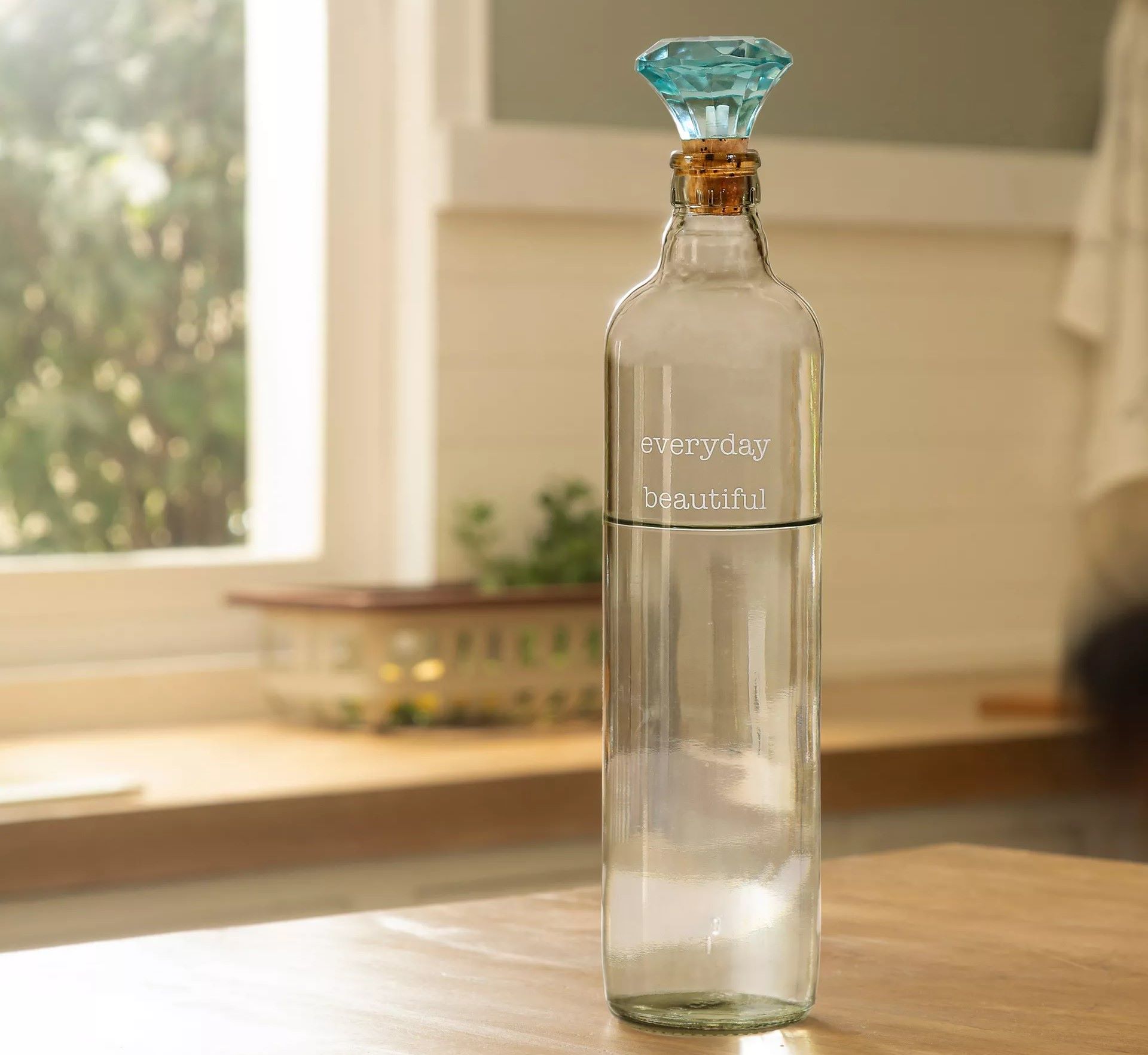
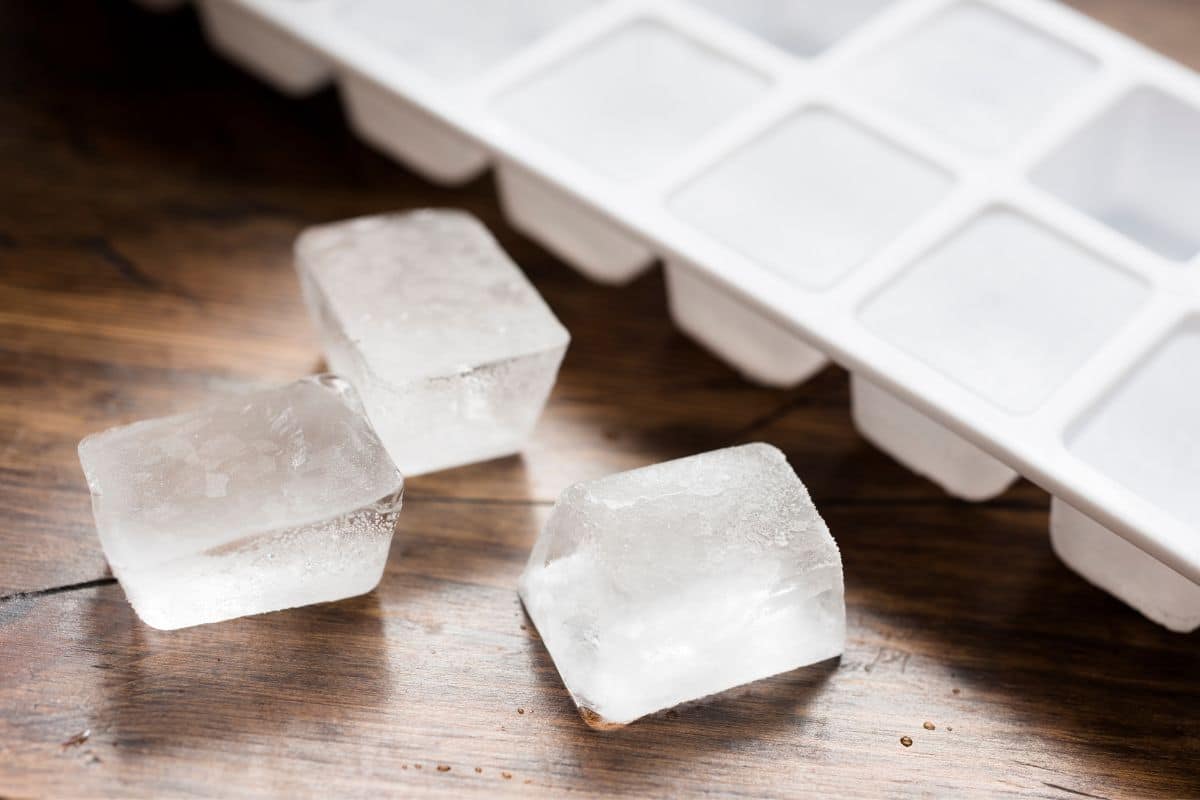
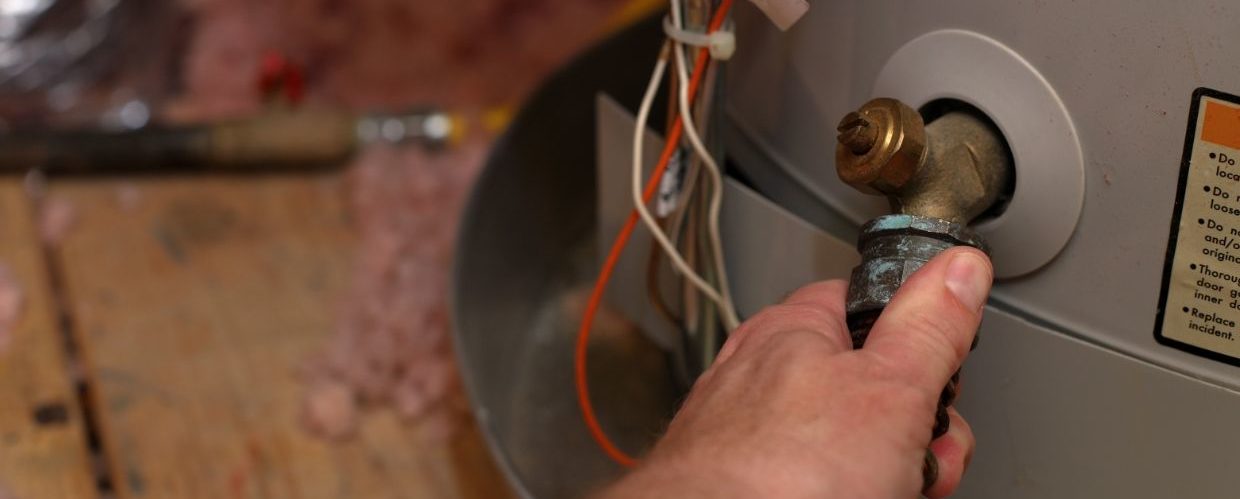
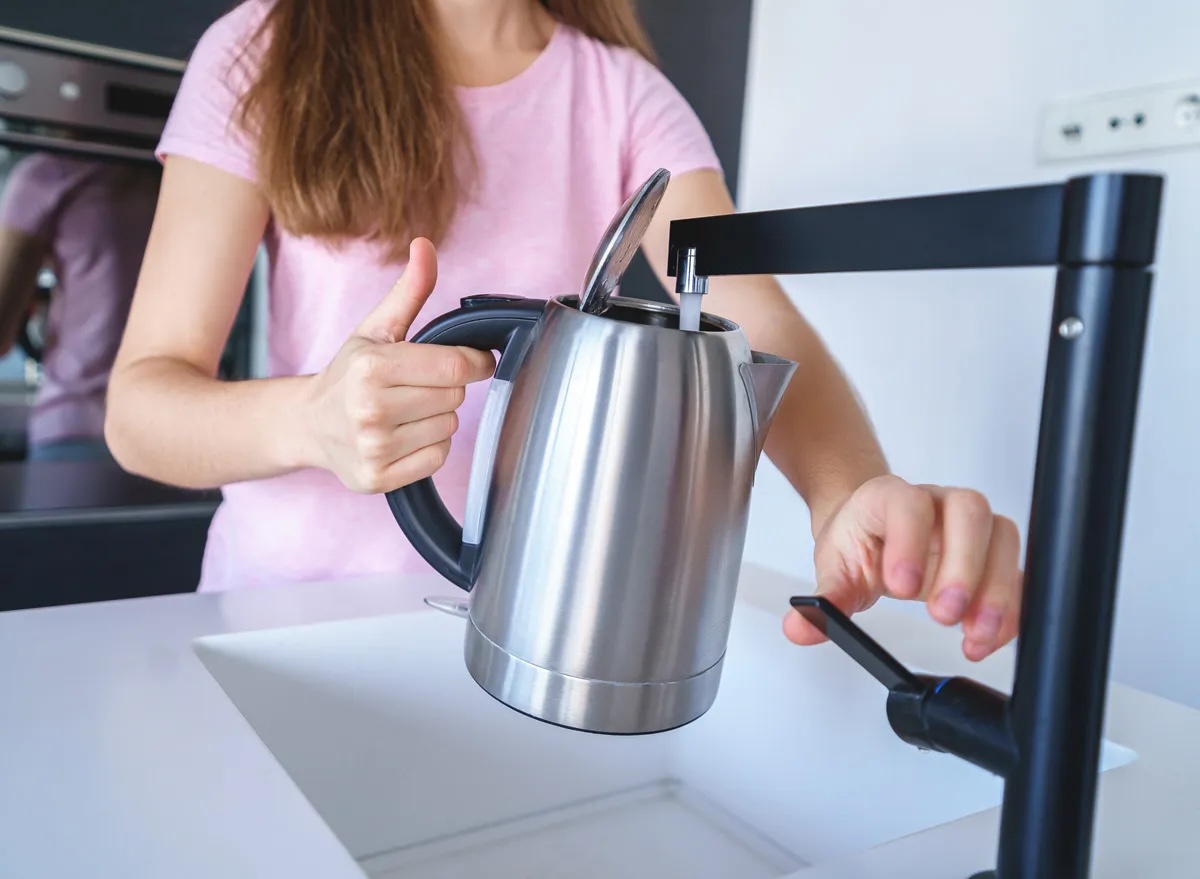
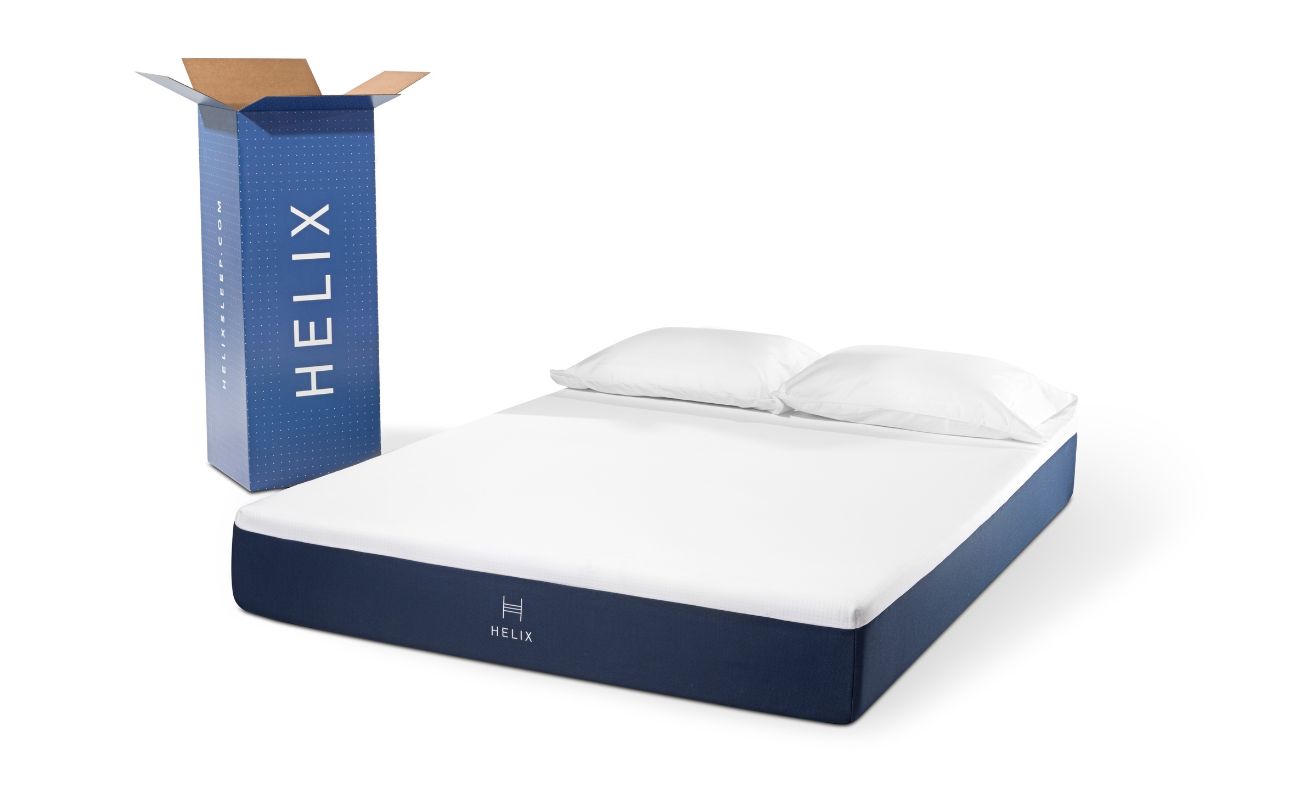
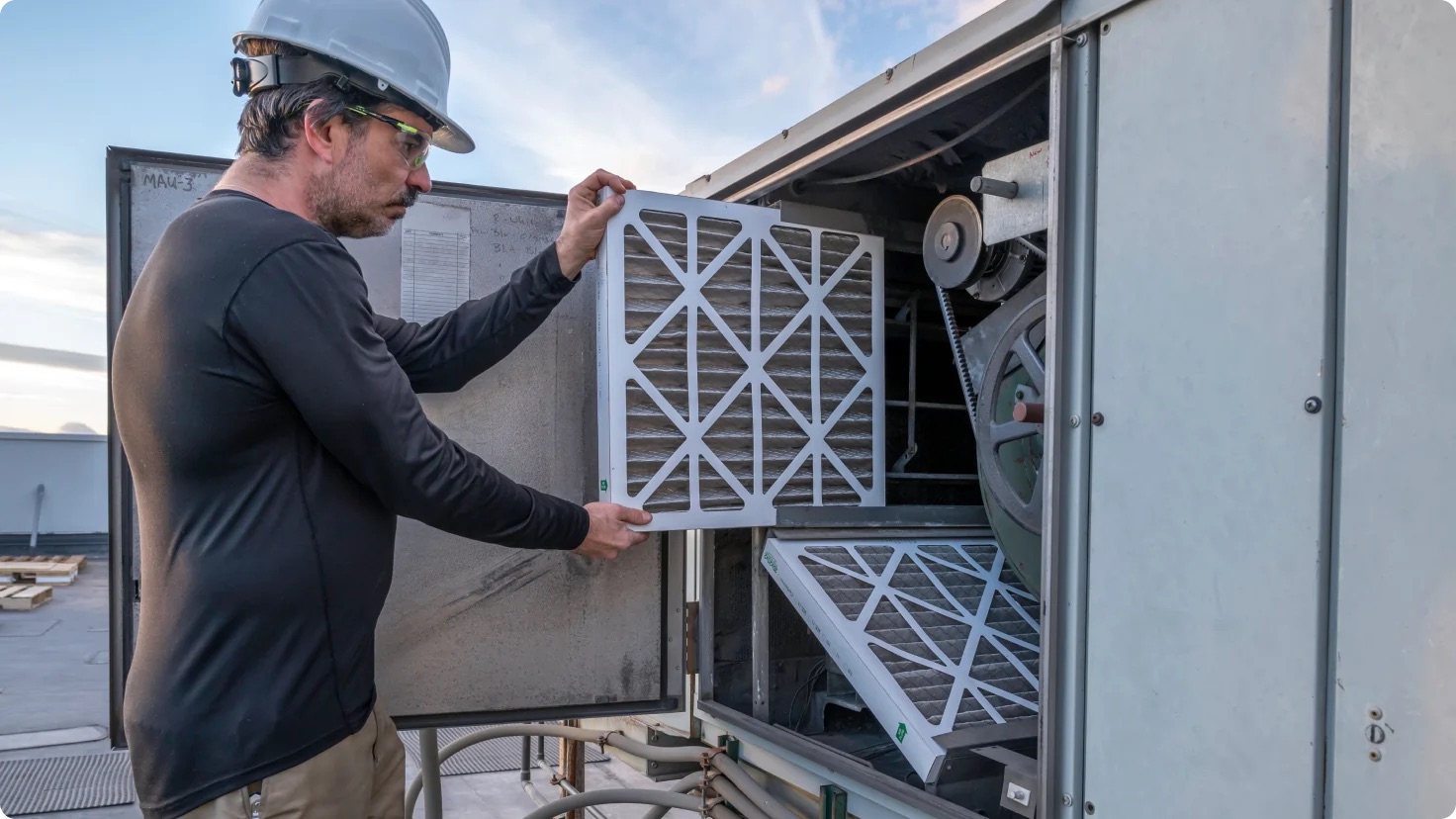
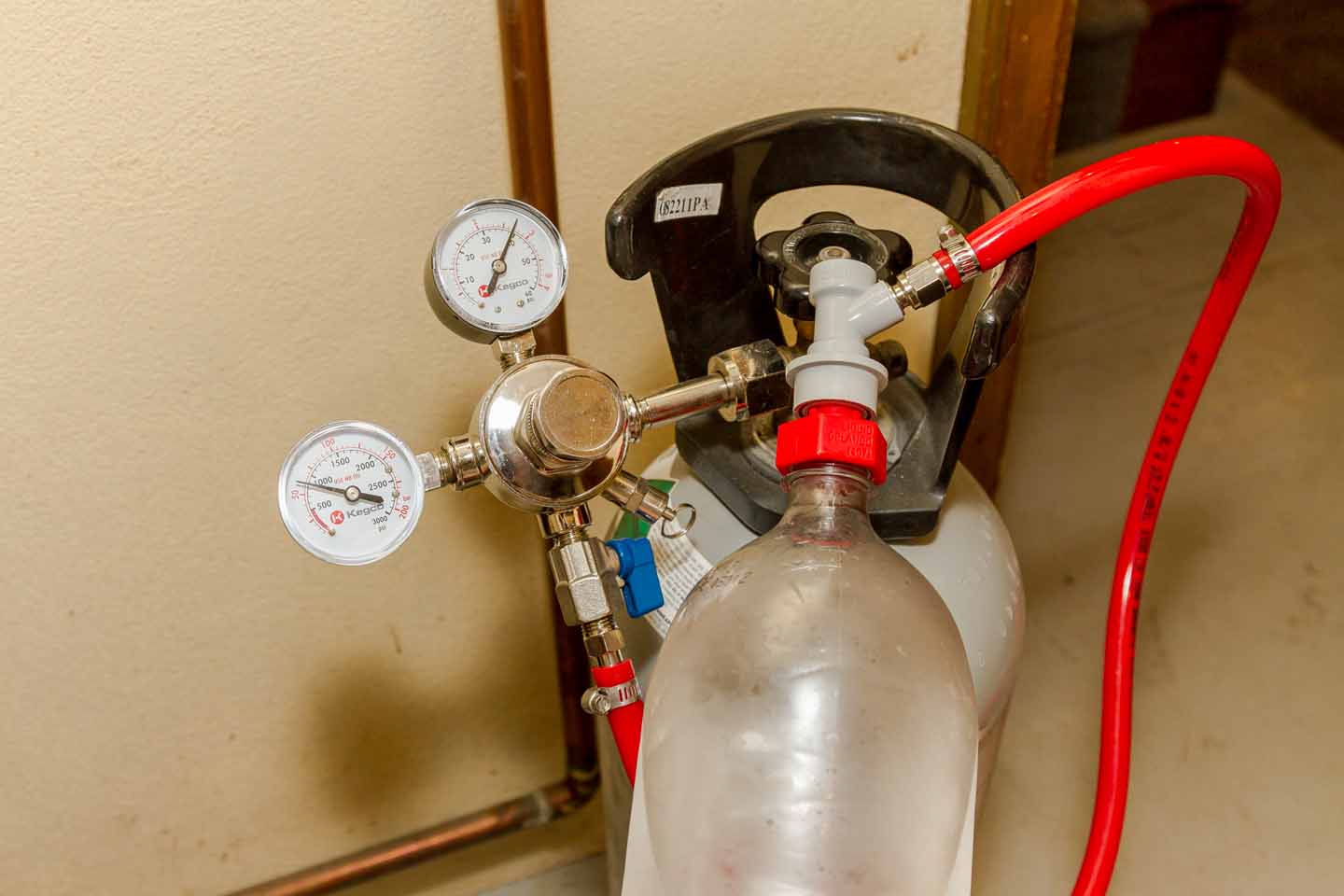

0 thoughts on “How Long Does It Take For A Bottle Of Water To Get Cold In The Freezer”